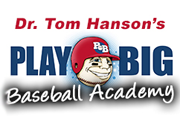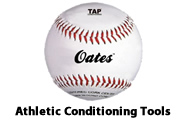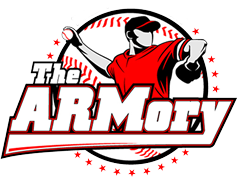Cankles Are For The Dogs!
Happy Monday after Thanksgiving!
Every year, on Thanksgiving Day I have one job… ONE JOB.
Keep Kathy happy and as stress free as possible in the kitchen.
I wake up when I hear her start rustling pots and pans and quickly assume my role as kitchen steward/porter. I’m sort of the “bar back” of the process. Every time she finishes with a mixing bowl or a utensil, I scarf it up, wash it, dry it, and get it back into play as quickly as possible.
I’m pretty sure I washed this one big green mixing bowl about 14 times this year.
I don’t mind it at all.
This day is all about family and she is the star of this show.
She loves watching the national dog show while she prepares the meal. She watches it every year. And so do I. It comes on right after the Macy’s Day parade and it usually ends around the first quarter of the first football game that day.
It’s not my favorite, but she likes it, so I just ride along
This year something struck me that I hadn’t noticed about the canine extravaganza in prior years?
Have you seen the cankles on those dog handlers?
I mean even the very few thin ones have these huge calve and ankles. There is no shape to them. They don’t look like the normal calf and ankle complex. It’s like their knees become tree trunks and merge right into their feet… Cankles!!
I started to wonder why all the handlers seem to have the same unusual lower extremity build.
Then I realized why… Have you seen the way they run when they present the dogs? The sort of shuffle along beside the dogs with their knees bent about 30 degrees, and they scoot along with these little short stride steps, never really pushing off with their forefoot or toes. My guess is they practice the “dog show shuffle” hundreds if not thousands of times per week.
That’s why they have cankles!
Let me explain.
There are two calf muscles that cross the ankle and join to become the Achilles tendon – the gastrocnemius and the soleus muscle.
The gastrocs is the most famous calf muscle. It is very easily recognized by observing its two heads positioned at the top of the calf. However, there is 
If you’re working out and you want to isolate the soleus, you do calf raises with your knees bent. Bending the knees inhibits the gastrocs and buts all the work on the soleus. It’s the same if you want to stretch the soleus. You have to bend your knee to put the gastrocs on slack.
So when the dog show sliders scoot around the floor with their knees bent, they tax their soleus muscles and over time, the muscles hypertrophy and they get cankles!!
So how are your ankles? Did you know that something as simple as improving your ankle mobility and strength can net you 2-3 mph on your fastball and reduce your risk of injury?
It’s true. You see, if you have tight Achilles tendons, tight gastrocs, or tight soleus muscles, you won’t be able to bend your ankle enough to get into a modified pistol squat position to engage your glutes.
So now you need to know how to check your ankle mobility and how to correct it if you find a deficit.
I wrote Engineering the Superhuman Pitching Machine Volume 2: Conducting a World Class Pitcher Assessment is easy to understand, step-by-step terms to allow you to check yourself or any pitcher for physical deficits like scapular dyskinesia, shoulder mobility, thoracic mobility, hip mobility, ankle mobility, and much, much more. Each item is described in written form and has serial pictures demonstrating the tests and if that isn’t enough information for you, there is an accompanying video for each item showing how There are about 58 different items on the assessment, and every one of them could be robbing you of velocity or arm health. But you won’t know about them unless you look for them. If I were you, I’d grab a copy right now by clicking here.
And once you conduct the assessment and find the deficits, you need to know what to do about them. That’s why I wrote Engineering the Superhuman Pitching Machine Volume 3: Taking Action, Targeting Your Training. This one is written in the exact format of the evaluation in volume 2. Each line on the assessment form in volume 2 is a chapter in the book in volume 3 and offers 3-10 corrective drills and/or exercises for each item. Again, there are written explanations, serial pictures, and video demonstrations of everything.
It’s kind of a no brainer.
If you want to gain velocity, improve your command, and reduce your risk of injury, this is the place to start. And if you want a great deal, check out our Super Pak which is all 3 volumes of my Superhuman series including the motor building workout in Volume 1. This volume is the culmination of a 2 ½ year study to identify the types of exercises that translate most directly to pitcher specific power and velocity.
Get all 3 volumes at a huge discount by clicking here.
And to all the dog show cankle builders out there, I have one suggestion…
BOOTS!










Leave a Reply